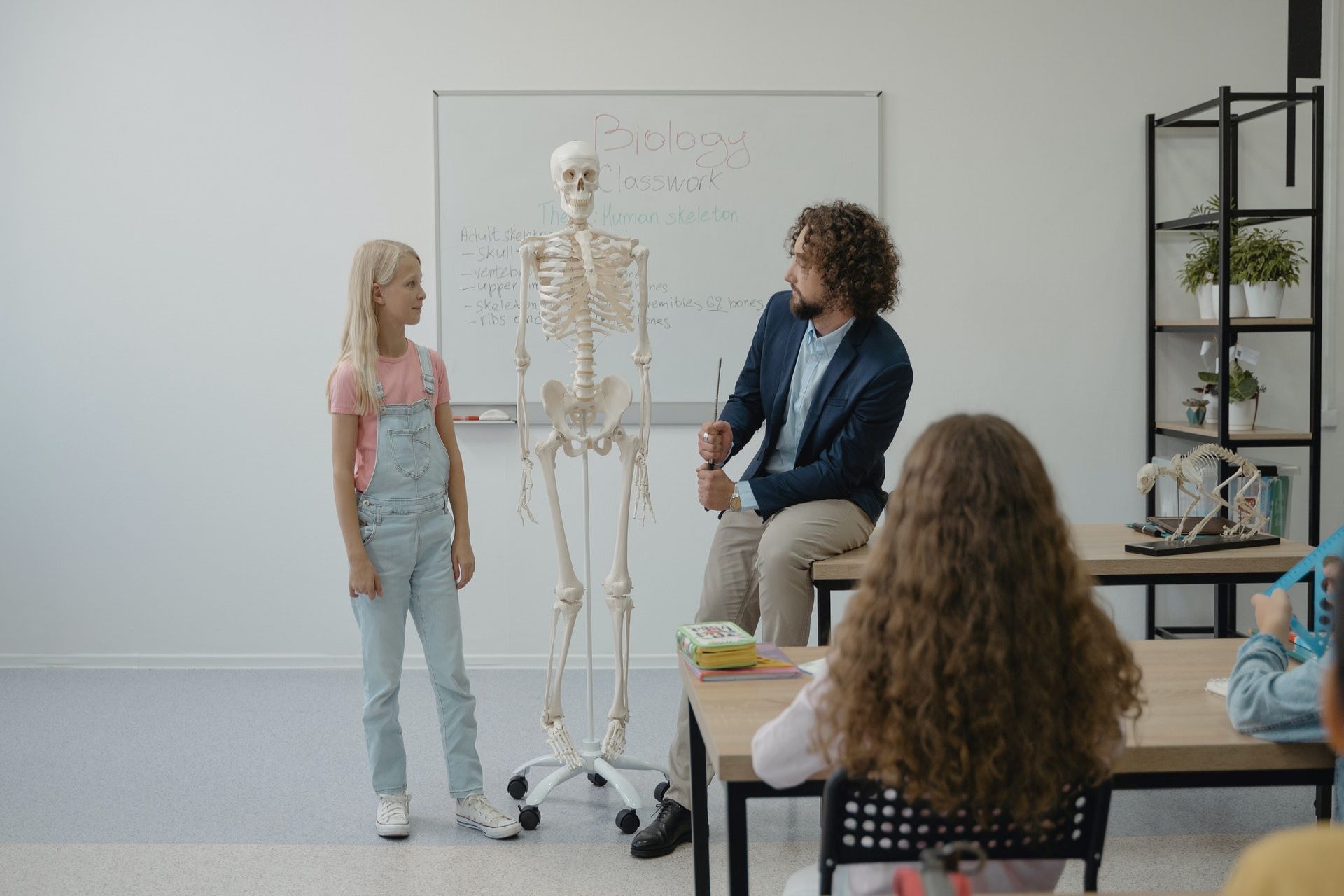
We are a reader-supported education publication. When you buy through links on our site, we may earn an affiliate commission to help us keep providing content.
Students learn in different ways. Some process visual information more effectively. Others prefer to listen to spoken lectures, while some would rather work with their hands or write an essay to master new concepts.
The VARK model stands for visual, aural, reading-writing and kinesthetic learning styles. Educators should consider all types when planning their lessons to maximize student engagement. Here is an overview of these four learning styles and suggested activities for each.
1. Visual Learning
If you notice a student who always tunes out during lectures but pays attention when you play a video, you probably have a visual learner on your hands. These students absorb information best when presented in a form they can see.
You’ll often catch such students doodling during class. However, their artwork might not consist of meaningless graffiti. They may take naturally to diagramming concepts and drawing them instead of copying down notes from the whiteboard by rote.
The following activities engage visual learners:
- Videos and documentaries: Visual learners love nothing more than seeing A/V equipment ready to go. Short clips generally work best so that you don’t lose the interest of students with different learning styles. At the end of the video, have students reflect on what they saw or move about the room to discuss the new information with a peer.
- Charts, illustrations and graphs: These students might not process information by copying down written notes from the board. However, you can present charts and graphs or, better yet, encourage them to create their own to show mastery.
- Demonstrations: These students also learn better when they see the examples you’re explaining. Use plenty of handouts and color-coding to create more visual impact.
2. Auditory Learning
Teachers often like auditory learners — these folks will raptly listen to a lecture long after others tune out or seek distraction. These students learn best by hearing information and are often good at remembering instructions when explained.
These students also flourish during class discussions. They enjoy talking their way through challenging problems with their peers. They may also grasp written material more quickly if you read it aloud while they follow along.
Teachers can engage auditory learners with the following activities:
- Transcribing written notes to recordings: Copying down notes off the board might not do the trick of making information stick with auditory learners. However, students can record themselves reading the information aloud, helping them process it.
- Listening to podcasts or audiobooks: Technology can benefit auditory learners. So can learning stations where they can put on a headset and listen to a selection.
- One-on-one and group discussions: These students do well when talking through what they don’t understand with a peer, tutor or teacher.
3. Reading-Writing
Students with a reading-writing learning style often delight their teachers with beautifully organized notebooks containing carefully crafted outlines. These learners thrive when they acquire new information through texts. They’re often voracious readers who don’t need extra prompting during sustained silent reading time.
Such learners have a decided advantage when it comes to distance learning. While other students might struggle to read a set of instructions and get down to business on an assignment without verbal guidance, these types dive in with few problems.
Activities to engage students with this learning style include the following:
- Reading a textbook and taking notes: These students excel at reading a selection and outlining the key points in their notes.
- Essay writing: Putting concepts into writing comes naturally for these students. You might ask them to compose an alternate ending to a story or explain their understanding of photosynthesis.
- Silent study time: These students absorb information best when working independently, so balance silent study time with your group activities to engage more learners.
4. Kinesthetic Learning
Those students who can’t seem to sit still during lectures might not have difficulty focusing. They could simply prefer a kinesthetic learning style where they process information through physical activity.
Sitting at a desk for extended periods can stifle these learners and turn them off from education. They often take an experimental approach. Teachers can plan activities that get these folks moving and working with their hands.
Ideal activities for reaching students with this learning style include the following:
- Conducting experiments: These students thrive in science labs where they can use their hands-on approach to test various theories.
- Combining physical movement with learning: These pupils thrive when doing activities like a discussion ball that combine manual dexterity with reciting information.
- Frequent stretch breaks: These learners do best when you interrupt periods of prolonged sitting with movement breaks.
An Overview of the Four Learning Styles
Educators should reach all their learners to the best of their ability. Drafting lesson plans that incorporate the four different learning styles leads to better equality in education. Teachers can take tips from the VARK model and incorporate the activities above to accelerate achievement.









